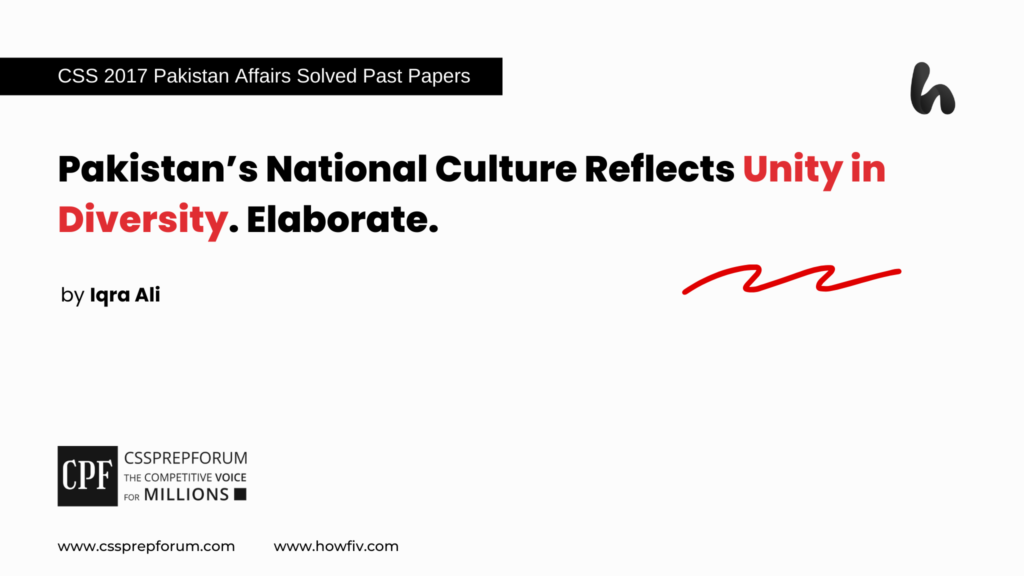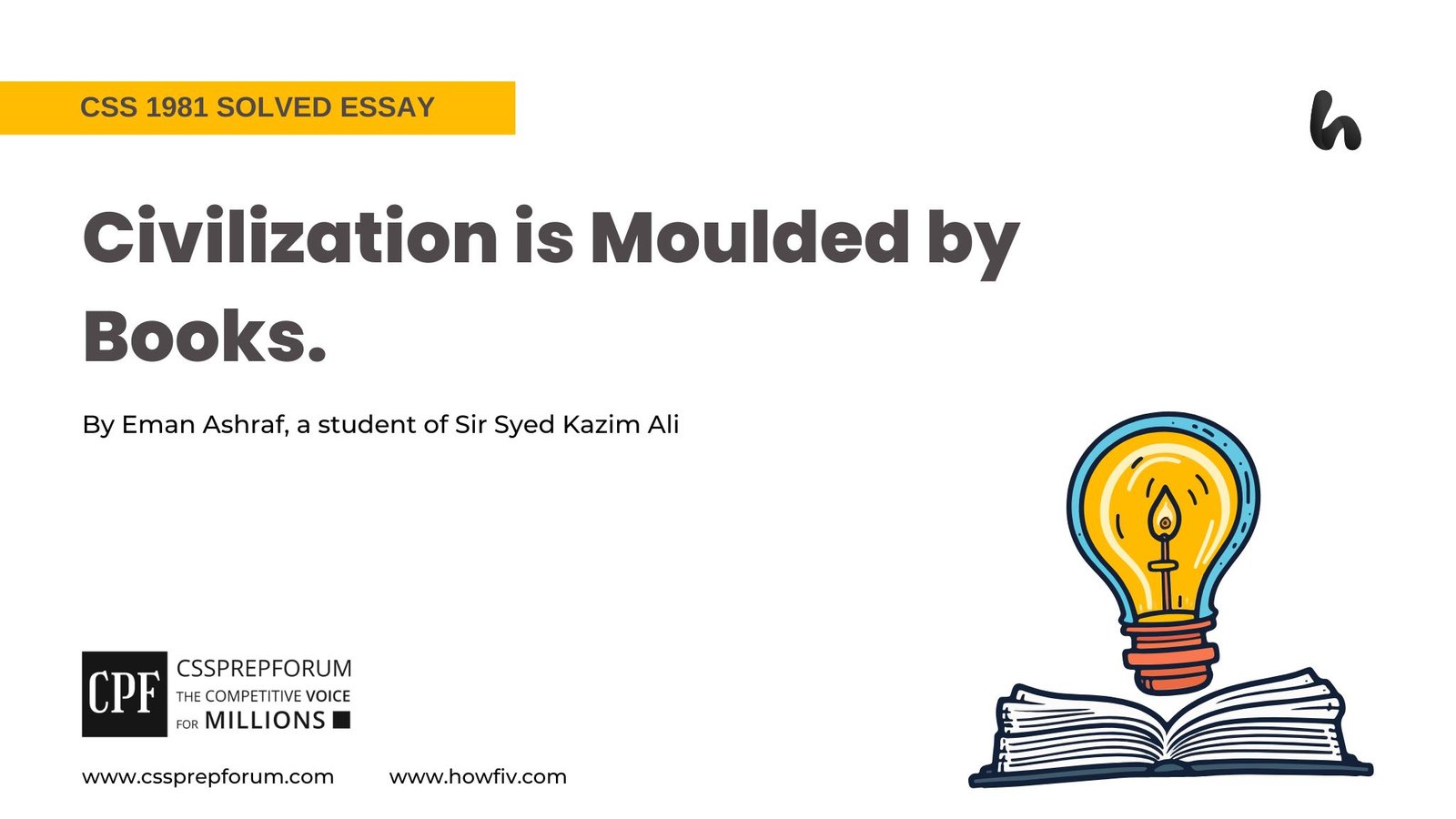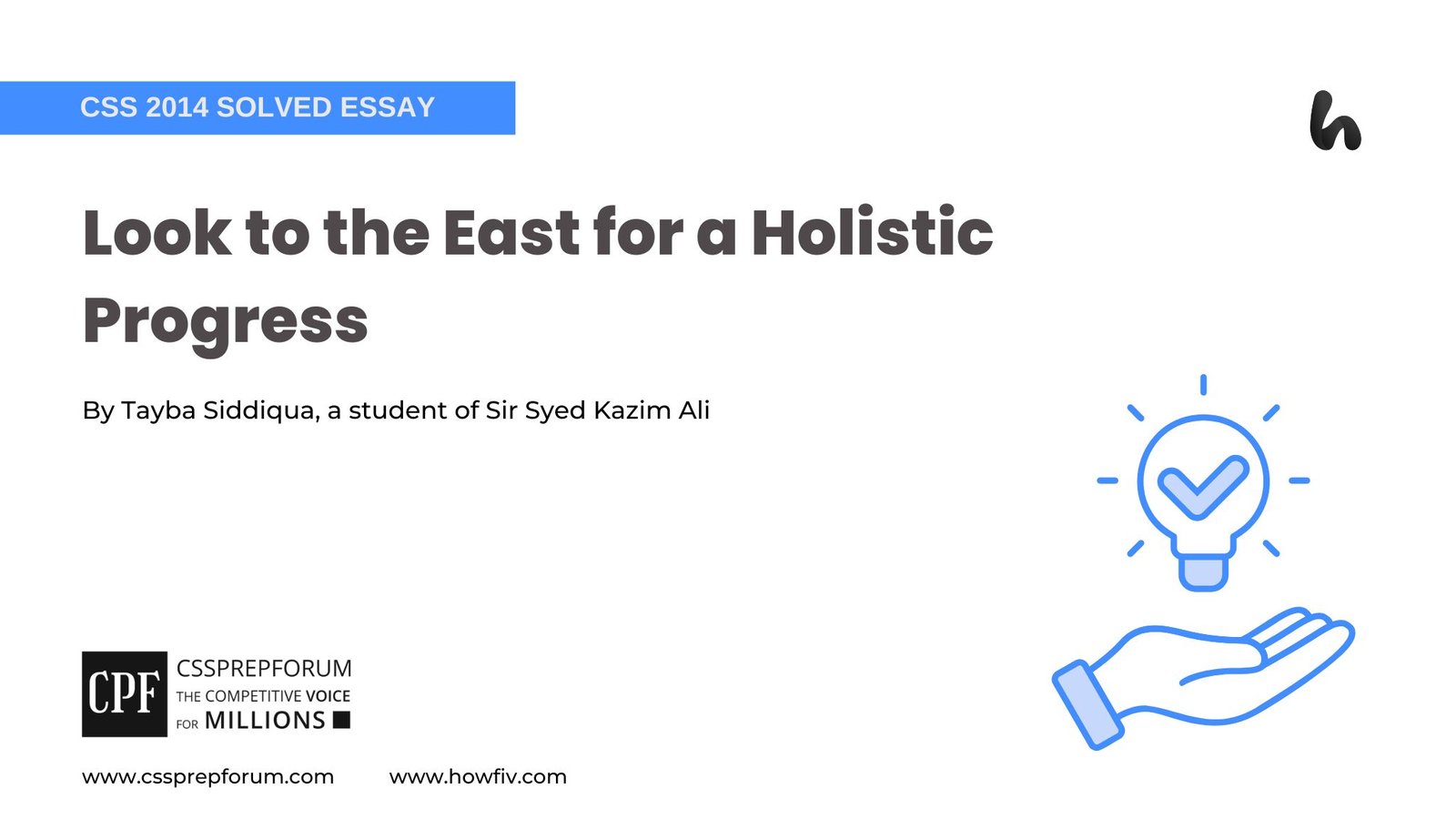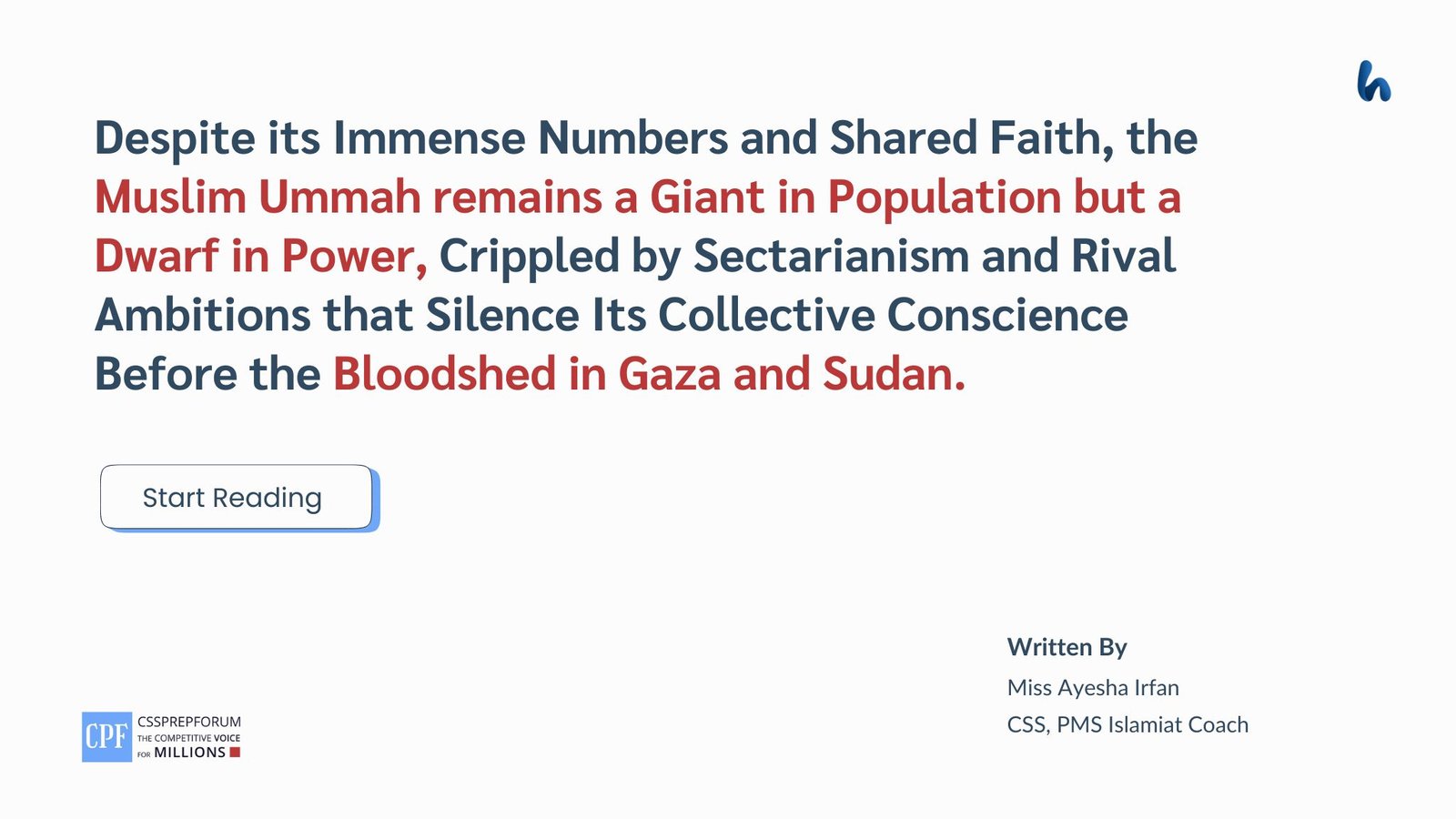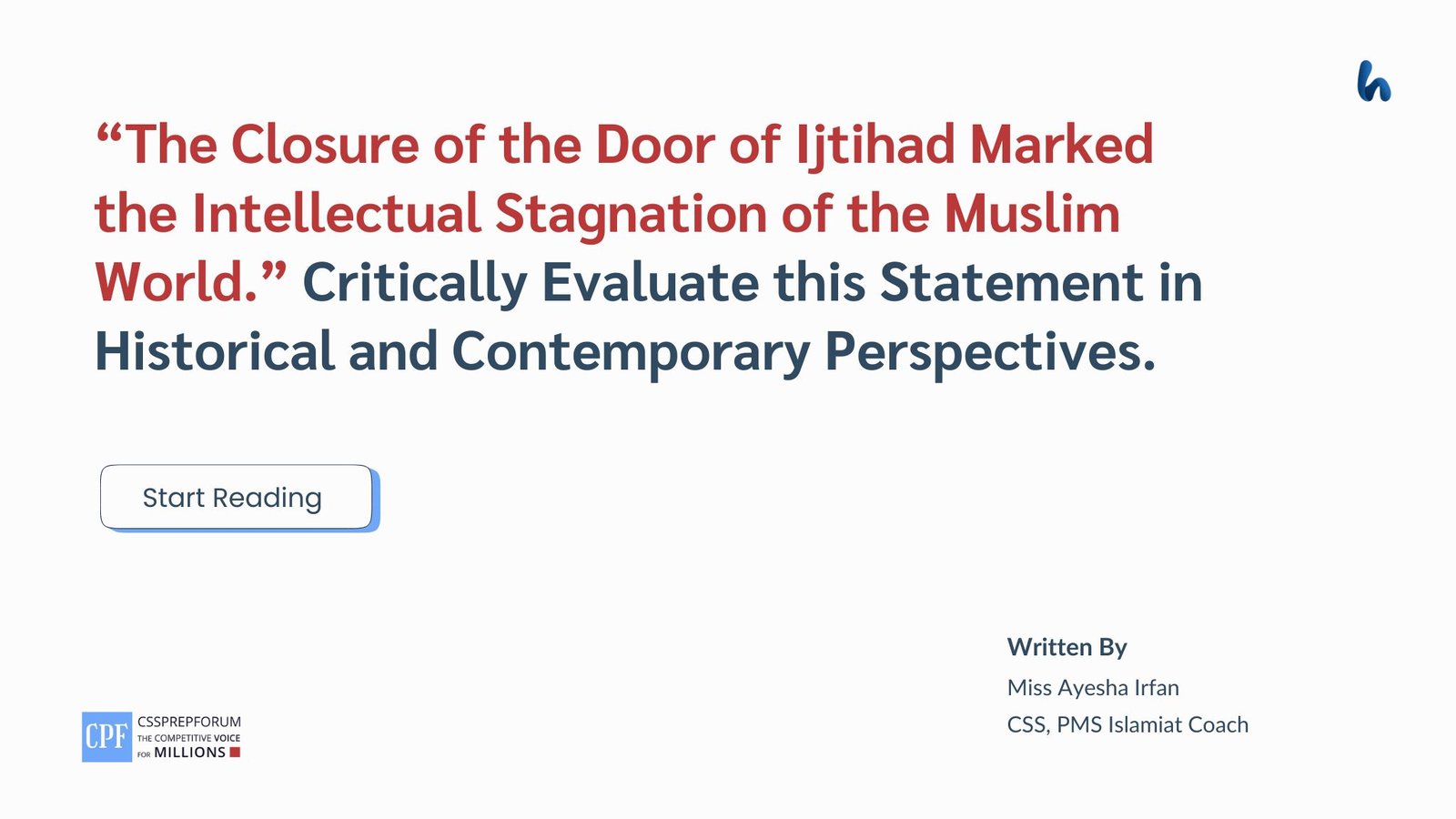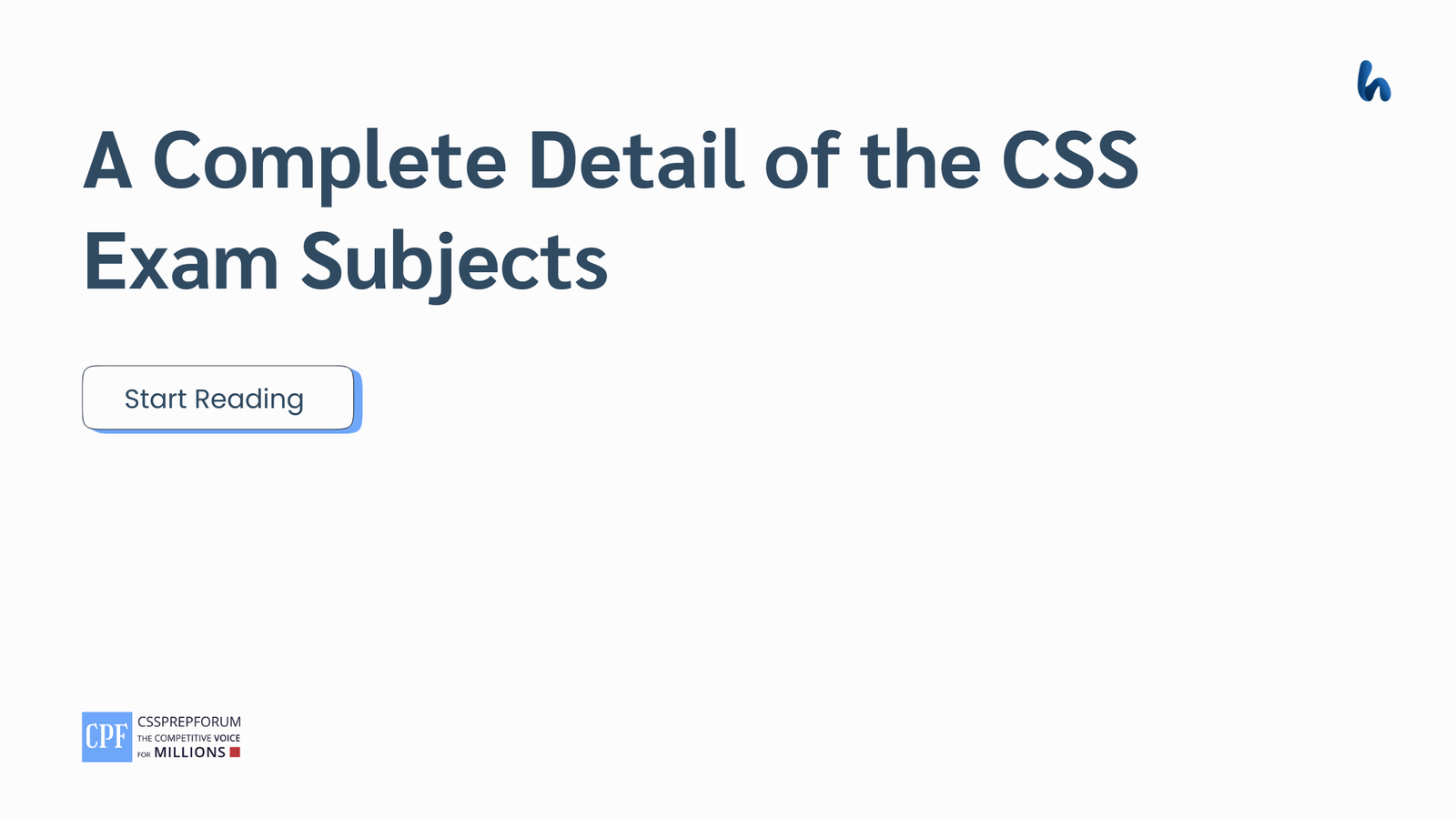CSS 2017 Solved Pakistan Affairs Past Papers | Pakistan’s National Culture Reflects Unity in Diversity.
The following question of CSS Pakistan Affairs 2017 is solved by Miss Iqra Ali, the best Pakistan Affairs Coach, on the guided pattern of Sir Syed Kazim Ali, which he taught to his students, scoring the highest marks in compulsory subjects for years. This solved past paper question is uploaded to help aspirants understand how to crack a topic or question, how to write relevantly, what coherence is, and how to include and connect ideas, opinions, and suggestions to score the maximum.

Question Breakdown
In this question, the examiner has asked you to elaborate on Pakistan’s national culture in the context that it reflects unity in diversity. So, first, write an introduction by adding all the essential points you will add to your answer. Then, contextualize your answer by writing about your understanding of the country’s complex cultural tapestry. Next, write the main body of your answer by splitting it into sub-parts. However, you must write evidence to enhance credibility. Last, end your answer with a critical analysis and conclusion.
Outline
1-Introduction
2-Understanding Pakistan’s Complex Cultural Tapestry
3-A Central Concept to the Country’s Identity-Unity in Diversity
3.1- Social Manifestations
- ✓A Common National Language
- Case in Point: Urdu as a Bridge for Communication between Multi-Linguistic Populations
- ✓Religious Homogeneity- Islam as a Unifying Force
- Case in Point: As Anatol Liven aptly said in his book, “Pakistan a Hard Country”, “despite intense social stratification, the society of Pakistan shows incredible social resilience in the wake of danger to the state’s sovereignty or a calamity that reduces the chances of its collapse as a nation”
3.2- Political Manifestations
- Political Islam and the Role of Military
- Case in Pont: Christophe Jaffrelot, in his book The Pakistan Paradox: Instability and Resilience, describes the role of the military as a unifier in using Islam as a rallying factor to suppress ethnic and regional nationalism
- ✓Shared Cultural and Historical Legacy
- Case in Point: Christophe Jaffrelot, in his book The Pakistan Paradox: Instability and Resilience, describes that the shared historical legacy of the partition of the Indian Subcontinent of Pakistanis acted as a unifying factor and promoted nation-building by instilling a sense of common purpose.
3.3 Constitutional Manifestations
- ✓Equality in Citizenship
- Case in Point: Jinnah’s vision of equality in citizenship encapsulated the idea that every citizen of the country would be treated equally, irrespective of his faith, sect, ethnicity, culture, and language
- ✓Cultural Federalism-A Strong Center with Sufficient Provincial Autonomy
- Case in Point: Despite several obstacles, the country’s effort to enforce cultural federalism while grating sufficient provincial autonomy showcases the central theme of its identity (Unity in diversity)
4-Conclusion

Answer to the Question
Introduction
Pakistan has a multi-ethnic and linguistic population divided by language, culture, sect, race, and traditions; however, Unity in Diversity has remained central to the country’s identity. Its cultural tapestry is complex and caused an identity crisis, where complexity stems from its geographic position, serving as a cross-road of several civilizations, such as the Indus Valley, Persian, Greek, Central Asian, and Mughal empires. To cope with the identity crisis, the state has taken significant steps at the socio-politico and constitutional levels to ensure social cohesion and national integration among its multi-ethnic population. Socially, Urdu, which is a national language, serves as a Bridge for Communication between Multi-Linguistic Populations. In addition, Islam, as a state religion, serves as a unifying force between them. Politically, Islam not only serves as a unifying factor in society, but also the state used this factor to suppress the rebellions on the part of parochial separatists. In addition, a shared cultural and historical legacy from Mughal rule to the partition of the Indian subcontinent unities different ethnic groups of the country. Constitutionally, the approach that law and rights for all signifies the state’s efforts to enforce principles that ensure Unity in Diversity. Hence, the state’s national culture reflects unity in diversity.
Understanding Pakistan’s Complex Cultural Tapestry
The country has a multi-ethnic and linguistic population; however, among these culturally diverse groups, the desire for domination by one group and the need for preservation by the other creates complexities in governing them. The four provinces of Pakistan reflect the presence of four main ethnic groups: Punjabis, Pashtuns, Sindhi, and Baloch. Their spoken dialects, cultural practices, and lifestyles are different. However, neither of them allows the state to compromise on their identity. The domination of Punjabis over other ethnicities has caused feuds between the provinces. The following points show the complex cultural landscape of the state. Its complexity stems from its geographic position, serving as a cross-road of several civilizations, such as the Indus Valley, Persian, Greek, Central Asian, and Mughal empires. The blend of these cultures with modern Western influences has created a multi-pronged identity reflected in its culture. However, Unity in Diversity has remained central to the country’s identity. Despite this, its diversity became a source of social stratification. But, significant steps have been taken by the government to ensure unity, national cohesion, and national integration.
A Central Concept to the Country’s Identity-Unity in Diversity
As I discussed, unity in diversity has remained central to the country’s identity in order to cope with the repercussions of a multi-pronged identity. Moreover, significant steps have been taken by the government to ensure social cohesion and national integration among the ethnicities at the socio-politico and constitutional levels.
A- Social Manifestations
At the social level, the following factors help to strengthen social cohesion, national solidarity, and national integration among the state’s diverse ethnic groups. However, often regulated by the government to promote unity.
- ✓A Common National Language
First, the spoken dialects are diverse in the federating units, reflecting its diverse culture. As an illustration, in Punjab-spoken dialects are Punjabi, Potohari, and Saraiki, and in Sindh-spoken dialects are Sindhi, Saraiki, Vicholi, Larri, Lassi, Thari, and Kachi. In KPK and Baluchistan, the spoken dialects are Pashtu and Balochi. In addition, there are other ethnicities, such as Kilashi, Kashmiri, Muhajjirs (Migrants of northern India), and Gilgiti, with their dialects. One language that unites these cultures is Urdu, and it serves as a Bridge for Communication between Multi-Linguistic Populations. It is not the mother tongue of any but the national language of Pakistan, showcasing the central point of the country’s identity.
- ✓Religious Homogeneity- Islam as a Unifying Force
Historically, the sense of a distant nation, the desire for a separate homeland among the Indian Muslims, and a mass religious movement led to the creation of Pakistan. Indubitably, the country was created in the name of Islam, and religious homogeneity served as a unifying factor for its diverse population. After Partition, the acceptance of local people for the migrated diaspora is a testimony of this fact. In the wake of severe financial and political crises in its early history, it was the sense of religious nationalism that united the people. As Anatol Liven aptly said in his book Pakistan a Hard Country, despite intense social stratification, the society of Pakistan shows incredible social resilience in the wake of danger to the state’s sovereignty or a calamity that reduces the chances of its collapse as a nation. Moreover, divided by language, culture, sect, race, and traditions but unified by religion showcases the nation’s unique attributes. Thus, the state sustains and regulates this sense to promote national cohesion and unity. For illustration, the 8th Amendment in the Constitution of 1973 made the Objective Resolution of 1940 a preamble to the Constitution. However, it declares Islam as a state religion.
B- Political Manifestations
Politically, the following factors help to strengthen social cohesion, national solidarity, and national integration among the state’s diverse ethnic groups. However, often regulated by the government to promote unity.
- ✓Political Islam and the Role of Military
Additionally, Islam not only serves as a unifying factor in society, but also the state used this factor to suppress the rebellions on the part of parochial separatists. Since 1947, the incumbent governments, while showcasing their obligation to Islam, legitimize their rule in the name of religion. A striking example is the legitimacy of the martial law period (1979-89) of General Zia ul Haq. Despite being unconstitutional, the rule was sustained because the nature of his political agenda was associated with Islam. As Christophe Jaffrelot describes in his book The Pakistan Paradox: Instability and Resilience, the role of the military as a unifier in using Islam as a rallying factor to suppress ethnic and regional nationalism. Away from military rule, the army considers religion as a rallying factor to suppress the Baloch or Pashtun separatist rebels. Hence, the factor ensures the country’s sovereignty, legitimacy, peace, and stability. However, sectoral segregation and extremist tendencies showcase the dark side of the picture.
- ✓Shared Cultural and Historical Legacy
As I mentioned earlier, it was the sense of religious nationalism that led to the creation of the country and made it able to survive in the early crisis-ridden phase of 1947-58. Christophe Jaffrelot, in his book The Pakistan Paradox: Instability and Resilience, describes that the shared historical legacy of the partition of the Indian Subcontinent of Pakistanis acted as a unifying factor and promoted nation-building by instilling a sense of common purpose. First, the sense of a separate nation, proximity with Islam, and shared cultural legacy (Mughal India) sustains the unity between the diverse ethnic groups. Even the language, Urdu, and religious and cultural practices are shared. Second, the post-partition trauma and efforts to achieve a separate homeland were mutual and showcased a shared historical and cultural legacy.
C- Constitutional Manifestations
At the Constitutional level, the government has taken the following steps to strengthen social cohesion, national solidarity, and national integration among the state’s diverse ethnic groups.
- ✓Equality in Citizenship
As far as minorities or diverse ethnicities are concerned, the Constitution of 1973 has provided fundamental rights to all. Moreover, the approach that law and rights for all signifies the state’s efforts to enforce such principles that ensure Unity in Diversity. From its inception to now, the efforts of the leadership to mitigate the repercussions of the identity crisis are impeccable. After independence, Jinnah’s vision of equality in citizenship encapsulated the idea that every citizen of the country would be treated equally, irrespective of his faith, sect, ethnicity, culture, and language. Later, constitutional protection and access to equal opportunities strengthened the bonds of unity among the diverse groups.
- ✓Cultural Federalism-A Strong Center with Sufficient Provincial Autonomy
Although the country’s experiment to enforce cultural federalism did not bring expected results, it is grappling with the issues of enforcing federalism in its true sense. But, despite several obstacles, the country’s effort to enforce cultural federalism while grating sufficient provincial autonomy showcases the central theme of its identity (Unity in diversity). The 18th Amendment in the Constitution of 1973 proved a landmark in granting sufficient provincial autonomy while retaining considerable power to the center.
Conclusion
To conclude, the country’s cultural diversity has its pros and cons. Its cultural tapestry is complex, marked by shared history and cultural elements. The presence of different multi-ethnic linguistic and cultural populations led to social stratification. In addition, a multi-pronged identity that obstructs its social development by enhancing the stratification. Moreover, the state has taken steps to ensure a sense of unity socially, politically, and constitutionally. In this regard, the national language serves as a unifying force by bridging the communication gaps between distant linguistic groups. However, the religious homogeneity between these groups promotes unity by providing a sense of shared values and morals. The state strengthens the point of unification by declaring Islam as a state religion, whereas the objective resolution strengthens its enforcement. One aspect of the cause is that the state uses this unifying point to suppress parochial separatists’ anti-state movements by reiterating that they are united under the umbrella of religion. Furthermore, the protection of law and equal rights to all while preserving their unique identity promotes national integration. Thus, the country’s national culture reflects unity in diversity, and it has remained central to its identity.
CSS Solved Past Papers’ Essays
Looking for the last ten years of CSS and PMS Solved Essays and want to know how Sir Kazim’s students write and score the highest marks in the essays’ papers? Then, click on the CSS Solved Essays to start reading them.
CSS Solved Essays
CSS Solved General Science & Ability Past Papers
Want to read the last ten years’ General Science & Ability Solved Past Papers to learn how to attempt them and to score high? Let’s click on the link below to read them all freely. All past papers have been solved by Pakistan’s top CSS GSA coach having the highest score of their students.
General Science & Ability Solved Past Papers

